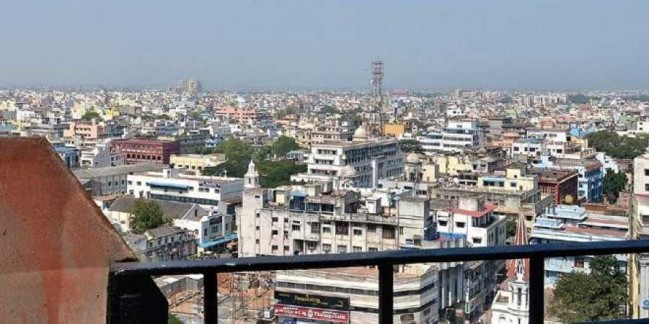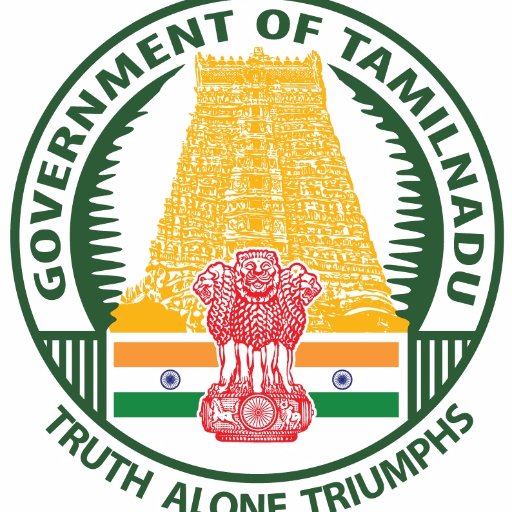Nirmala Sitharaman Discloses Plan For Rs 102 Lakh Crore Infra Projects
Nirmala Sitharaman’s Press Conference Highlights:
- Govt plans to invest about Rs 102 lakh crore in the infrastructure sector in the next 5-years to achieve a target of $5 trillion by 2024-25
- Finance Minister Nirmala Sitharaman states India will carry annual global investors meet in 2020
- Irrigation and rural infrastructure projects would consider for Rs 7.7 lakh crore each
- On industrial infrastructure, Rs 3.07 lakh crore would be disbursed
- Agriculture and social infrastructure would consider for the remainder
- Road projects will estimate for Rs 19.63 lakh crore
- For railway projects, Rs 13.68 lakh crore would be spent
FM Nirmala Sitharaman said at a press conference on Tuesday that as per Prime Minister Narendra Modi’s commitment at the 73rd Independence Day speech to make India a $5 trillion economy. The government had identified infrastructure projects pipeline worth more than Rs 105 lakh crore to be implemented for the next 5 years as part of the government’s ambition of turning India into a $5 trillion economy by 2024-25. It will also serve as one of the important drivers of faster economic growth.
She further added that the projects have been classified under two broad categories i.e. economic infrastructure and social infrastructure for both ease of doing business and ease of living.
Infra projects identified are in the sector such as power, health, urban irrigation, railway, mobility, and education.
Under National Infrastructure Pipeline (NIP), the govt has also identified approximately Rs 25 lakh crore energy projects, another Rs 20 lakh crore in the road, almost Rs 14 lakh crore railway projects, Rs 2.5 lakh crore port and airport projects, Rs 3.2 lakh crore digital infra projects, Rs 16 lakh crore irrigation, rural, Agri and food processing projects, and over Rs 16 lakh crore infra projects including mobility projects.
The Finance Ministry had established a task force directed by Economic Affairs Secretary to plan a road map for the “national infrastructure pipeline” from 2019-20 to 2024-25 under Rs 100 lakh crore infra plan.
The government believes that with more and more States/UTs submitting their proposals so that another Rs 3 lakh crore worth projects are expected to be added in this pipeline by the states to make it the total to Rs 105 lakh crore.
The minister also said that the annual global investors’ event would be organized where Centre and States would get a chance to meet all the investors and to talk to them about infrastructure possibilities.
These projects are on the top of Rs 51 lakh crore spent by the center and the states during the last 6 years. Adding the new infra pipelines consists of 39% projects each by the center and states and the remaining 22% by the private sector.
National Infrastructure Pipeline (NIP) is a booklet prepared by a task force that gives details of infrastructure projects in which the energy sectors make up the lion’s share of 24% followed by roads 19%, urban irrigation & development 16%, and railways (13%). The shares of rural and social infrastructure projects, which include health, education, and drinking water, is 8% and 3% respectively.
The government hopes that the huge investment will help drive economic growth which decelerated to 4.5% in the 3rd quarter ended in September, the slowest pace in the last 6 years and the 6th consecutive quarterly decline in a row. The Finance Ministry has taken as much as 32 measures since August 2019 to boost the economy, including corporate tax cuts at a cost of Rs 1.45 lakh crore to the exchequer to attract investments, approved 3.31 lakh more houses under PMAY (U) and about Rs 5 lakh crore in disbursal of bank loans since October to encourage demand.
A Finance Ministry statement said that out of the total expected capital expenditure of Rs 102 lakh crore, projects worth Rs 42.7 lakh crore (42%) under implementation, projects worth Rs 32.7 lakh crore (32%) are in the conceptualization stage and rest are under development.




